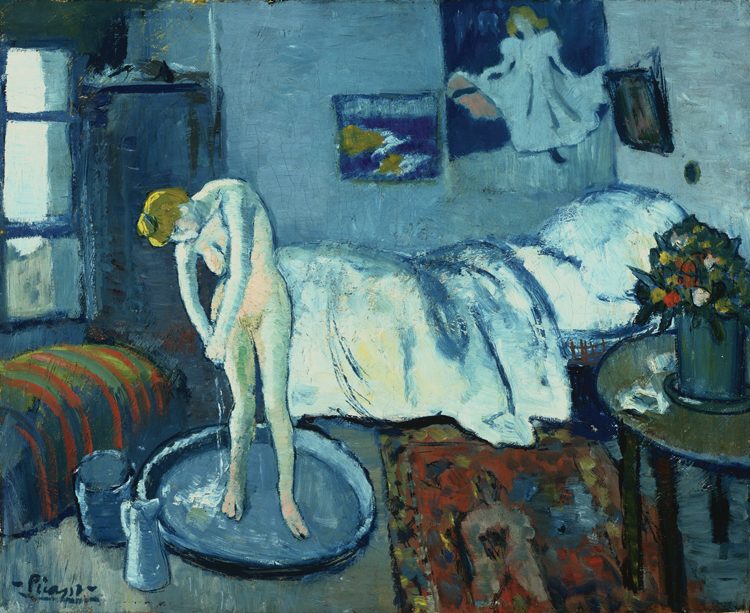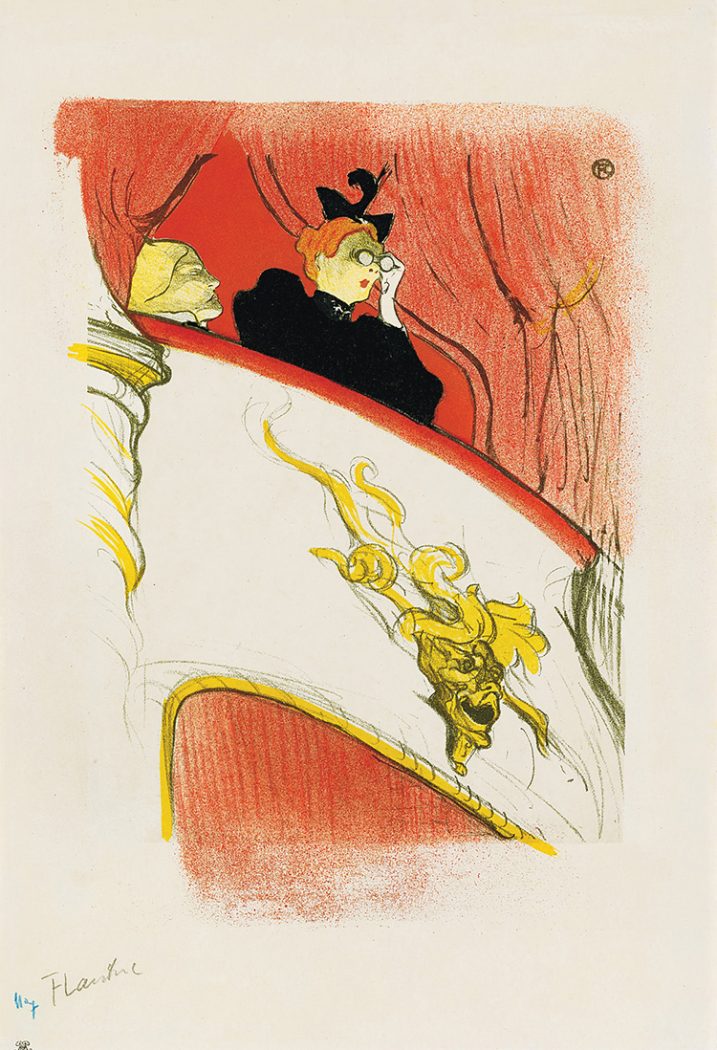Each week for the duration of the exhibition, we’ll focus on one work of art from Toulouse-Lautrec Illustrates the Belle Époque, on view Feb. 4 through April 30, 2017.

Henri de Toulouse-Lautrec, Yvette Guilbert, 1893. Brush and crayon lithograph, printed in brownish black on wove paper. Only state, regular edition, from Le Café Concert album, Paris: L’Estampe originale. Private collection
Pictured here, Yvette Guilbert had a vocal style, unusual physical appearance, and celebrated comic timing that won her international celebrity. She sang songs by poets and writers that tackled themes of death, sex, and poverty. She relied on humor to soften “all the indecencies, all the excesses, all the vices of my contemporaries, and to enable them to laugh at themselves.”



